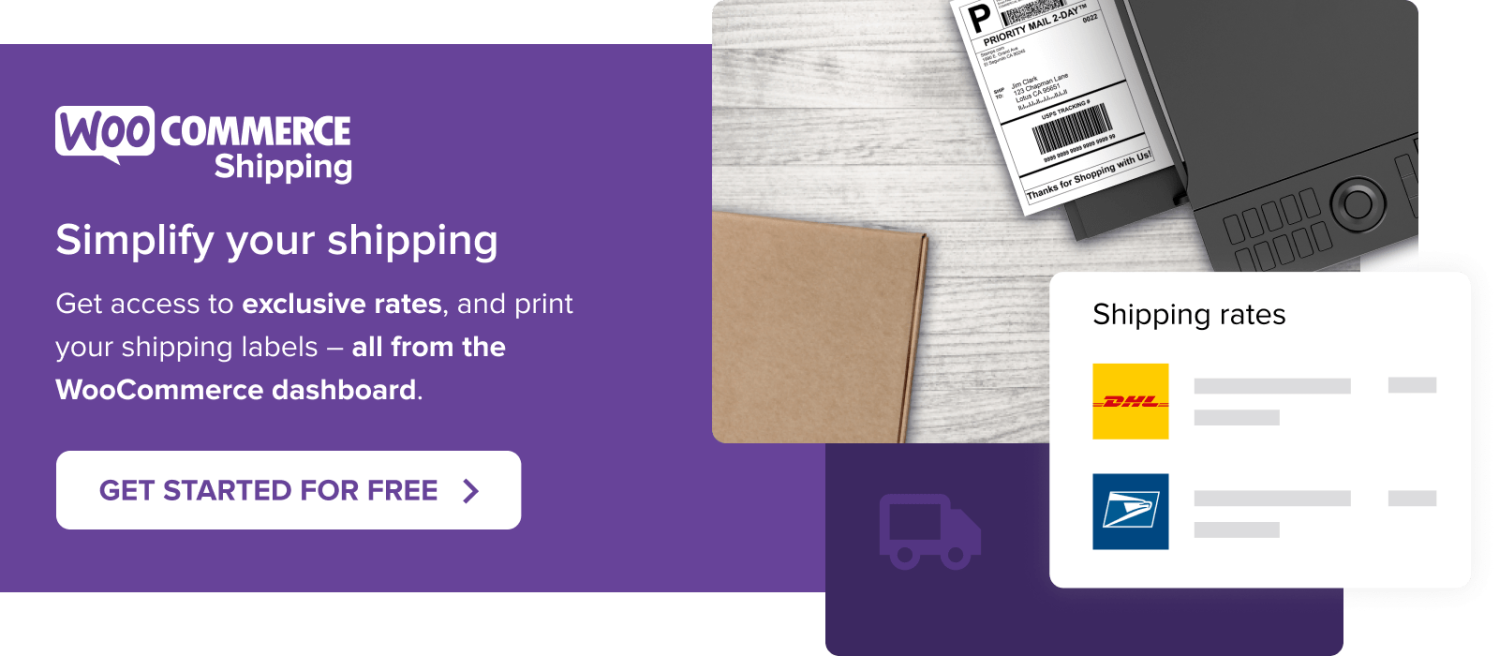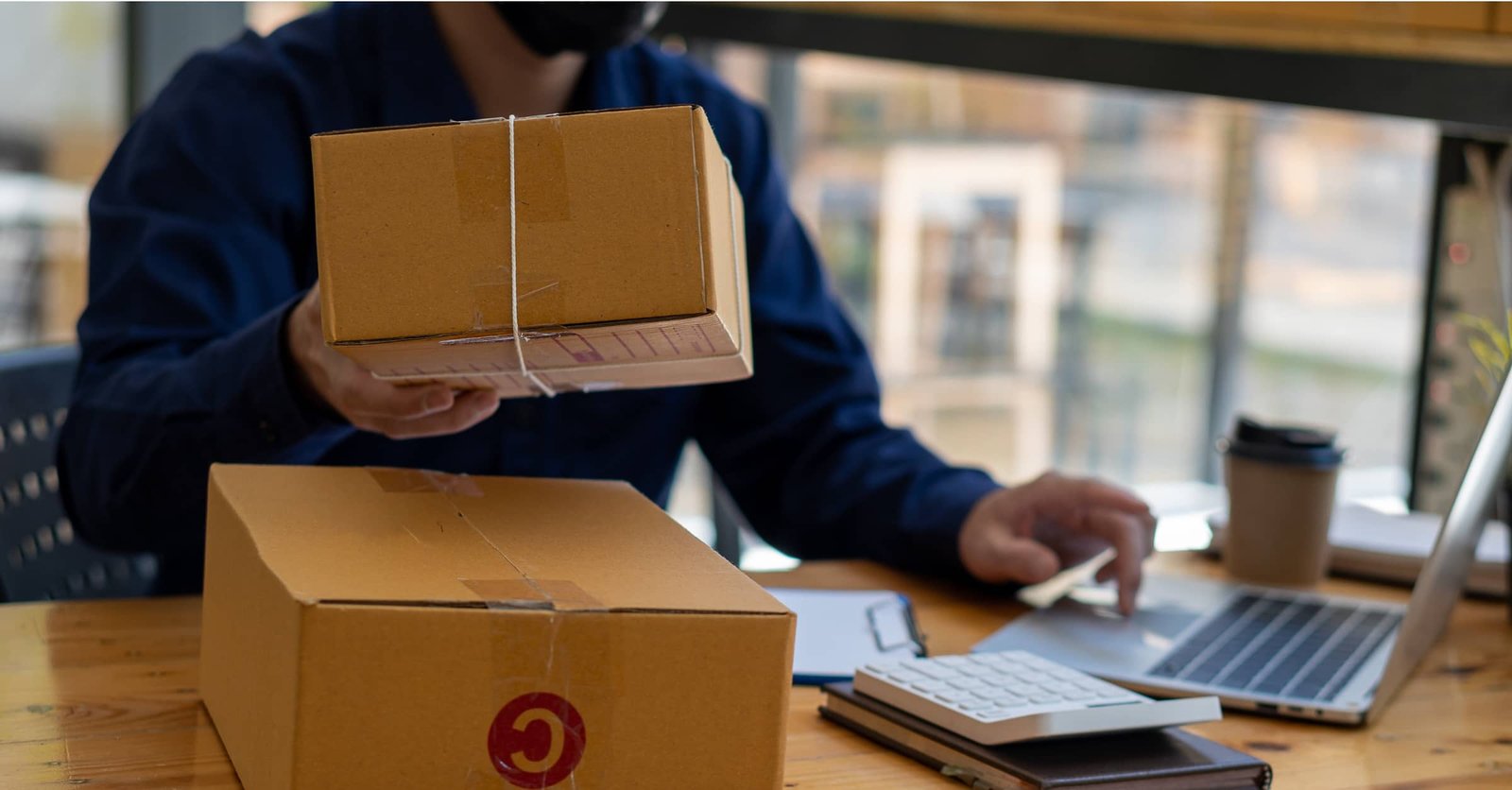You know the importance of maximizing sales while controlling expenses. This is the only way to keep your e-commerce running. While you don’t have to worry about renting warehouse space or paying utility bills to keep the lights and HVAC on, there are other expenses you need to keep in check so they don’t eat into your bottom line, and one of the biggest is fulfillment. costs.
Fulfillment is a multi-step process that begins when a customer places an order and ends when that customer receives it. The order fulfillment process includes making sure the items customers want are in stock, processing the orders, picking the items in the order, packing them, and shipping them to the customer.
Fulfillment options include:
- In-house: Some e-commerce businesses handle e-commerce fulfillment themselves. They manage the warehouse, use their employees to pick and pack orders, and arrange shipping. Managing fulfillment with your own employees works best if you run a small business with a low order fulfillment rate.
- Outsourced: As your business grows, it may make sense to use a logistics company (3PL) or other third-party fulfillment service to store inventory and pick, pack, and ship orders. Outsourcing can be a good option for companies that are starting to grow and cannot expand their warehouse space or hire fast enough to keep up with new orders.
- Drop shipping: Some e-commerce sellers may use dropshipping for fulfillment. This type of fulfillment can work if you are selling a manufacturer or supplier’s products instead of buying or manufacturing inventory and storing it in a warehouse. With dropshipping, you communicate the order to your manufacturer or supplier partner, who will fulfill the order.
- Hybrid fulfillment model: You don’t have to lock yourself into just one fulfillment method. It may make the most sense to dropship some items and handle other orders with your staff. Or you may want to use a 3PL provider to process orders that require kitting or special packaging. You can have the best of all worlds to provide the best customer service and minimize fulfillment costs.
Since fulfillment is a combination of processes that get orders to your customers, costs add up from different things. Fulfillment costs come from:
- Stock prices: To sell products, you need to order them (or raw materials or parts) from suppliers and store them in a warehouse so you can find them and keep track of what you have on hand.
- Labor costs: Labor is a large part of the fulfillment cost if you can do it yourself. You need to hire enough people to keep up with your orders and make sure they are picked and packed accurately and on time.
- 3PL prices: If you outsource fulfillment, you pay the 3PL set-up costs, then have ongoing fulfillment center costs and fulfillment fees for the services your 3PL partner provides.
- Order fulfillment software: Whether you handle fulfillment with your own employees or use a 3PL, you’ll need an accurate and time-saving way to manage orders. Using the software will help you manage inventory, inform your team about special packaging instructions, and select the best carrier to deliver products. However, software subscriptions increase the cost of fulfillment.
- Packaging: When you fill out an order, you’re not just sending a product. You also send a shipping box or envelope, delivery note, paperwork, and perhaps promotional materials to encourage customers to order again. Entrepreneur.com reported that packaging materials can cost 10% to 40% of an item’s retail price, so you need to choose carefully.
Your accounting software may show you that your income is higher than your expenses, but are you wondering if you could do better? On the other hand, you might be in the red and not sure where exactly you’re bleeding money. Examining your expenses to understand the cost of fulfillment may be what you need to figure out how to operate more profitably.
There are several formulas you can use to figure out exactly how much you’ll pay for fulfillment. If you do the math over several months, these numbers will show you how these costs change.
- Cost Per Order (CPO): CPO is an important metric to watch. To calculate CPO, divide your total cost by the number of orders you have in a given time—week, month, or quarter. This CPO calculator can help. Your goal is to keep the number as low as possible so you can keep more profits.
- Shipping cost per order: It’s also a good idea to keep track of exactly what you’re paying for shipping. Divide the total shipping cost by the total number of orders for a certain period to calculate this cost and track it carefully over time.
- Price Per Box (CPB): Some orders may have multiple boxes, so understanding how this affects your costs can help you make smart decisions about how to package and ship your orders. To figure out your cost per box, divide your total expenses by the number of boxes that will come out in a given period.
When you understand the facts, you can make smarter decisions to help control your order costs. However, remember that reducing fulfillment costs won’t help if the changes made hurt customer satisfaction. Newsweek reports that 54% of consumers will find a new brand after just one bad experience. So it is important that you strike a balance between cost and providing the best customer service. Find a way to keep costs as low as possible, but also pick accurate orders, deliver them on time, and package them so they don’t get damaged.
- Answer the internal vs. 3PL question
It may seem impossible to cut costs by paying someone else to do work for your company, but it can help you control costs overall. Calculate what your CPO and other numbers are, then talk to 3PL providers to see how their service costs compare. Because 3PLs have relationships with shipping companies, they can usually negotiate better shipping costs than you can. 3PLs also often operate nationally or even internationally, so they set up fulfillment centers close to where most of your orders come from, reducing fulfillment times and shipping costs. 3PLs aren’t the solution for every e-commerce business, but outsourcing can be your solution to meeting your cost control challenges.
- Optimize 3PL costs
If you decide that outsourcing some or all of your fulfillment makes sense for your business, make sure you choose the right 3PL partner and the exact services you need. Find providers with established operations that work for your company (customization of services will be more expensive) and negotiate prices at the distribution center, from pickup and packing to assembly, custom packing and returns management. Also, make sure the 3PL’s pricing includes the speed of fulfillment you need to keep promises to your customers.
- Scalable storage
It’s not unusual for e-commerce retailers to have a peak season. Many companies fill more orders during the 4th quarter holidays. For companies, orders peak in the summer sports season. You may also need to increase your stock price budget if you hear that some products may be scarce and you want to expand your inventory now. So there are certain times when you need more storage space to make sure you have enough supplies. But if you’re not careful, you’ll spend the rest of the year paying for space you don’t really need. Look for a 3PL or warehouse provider that allows you to scale up and down so you pay for what you need throughout the year.
- Adaptable processes
How specialized are your fulfillment processes? Do you use specific boxes to ship certain items? If you add a product to your line, can you store it near the items customers would typically buy with it? Are your employees working with your software to get things done faster? Think through processes and make changes that save time and make it easier (and less expensive) to adapt when changes occur.
- Take advantage of free trade zones
If you import products to fulfill orders, Free Trade Zones (FTZs) can help you reduce costs. In the FTZ, you will not pay duty on products that you later re-export. Goods entering the FTZ are not subject to customs regulations until they leave, so you will not pay duty or tariffs on damaged goods you destroy there. FTZs also have different customs processes so you can turn shipments onto planes or ships more quickly. Talk to your 3PL partner about whether this option could help you control costs.
- Take another look at eco-friendly packaging
When you’re flipping through a supply catalog, you might be tempted to skip packaging made from sustainable materials because you think they’re more expensive. But take a second look. Eco-friendly packaging can save you money. Because eco-friendly packaging often weighs less than traditional materials, it can save on shipping costs. You may also be eligible for tax credits or incentives for using sustainable materials.
Sustainable packaging can also help increase customer loyalty, McKinsey & Company research found that more than 40% of consumers say the environmental impact of packaging is extremely or very important. So a large portion of your customers could be looking for a brand that shares their values that will make them loyal.
Even if you don’t switch to eco-friendly packaging, it’s a good idea to evaluate your packaging processes and make sure you’re not overpacking. It can add bulk and waste to shipments that increase costs, but may not add additional protection during transit.
- Minimize returns
Another way to control fulfillment costs is to reduce the number of returns you have to process. Every return means storage, picking, packing and reshipping, which will add to the cost if you have to do it all over again.
Find out why people return the items they bought. Do you need to provide better descriptions on your e-shop? Are the products damaged when the customer receives them? Is your return policy a little too liberal, so people are ordering things they don’t want to keep? Keep your return rate low and you will also reduce your order fulfillment costs.
- Minimize the number of boxes
Customers can place an order and then remember they need another item. Some systems allow you to make adjustments to your order and add an item so that they all ship in one box. If your CPB is high, redesigning this part of the fulfillment process can be of great benefit to your business.
- machine
By switching from paper forms to using mobile devices, you can achieve great cost savings. By having your employees place orders on a handheld computer, you speed up picking and packing and reduce errors, saving time and money.
- Track fulfillment costs
It is important to keep a close eye on costs so that you can intervene and make changes when needed. When warehouse prices, distribution center prices, packaging material costs, and shipping rates go up, you have to recalculate to make sure you stay profitable.
Fulfillment costs are part of running an eCommerce business, but make sure you’re not paying more than necessary. You can choose from a variety of order fulfillment methods — in-house, outsourced, dropshipping, or a combination. You can also focus on parts of the fulfillment process, such as the packaging you use or shipping, to keep costs down.
Tracking fulfillment costs is important for ecommerce owners. When you calculate your cost per order or cost per box, you can make better decisions and keep your business on the path to profitability.
Process automation can also help you run a successful business. The WooCommerce platform includes features to help you run your business more efficiently. For example, WooCommerce Shipping lets you print shipping labels from your WooCommerce dashboard, saving time and money—and WooCommerce customers can use it at no extra cost. Contact us to learn more.


